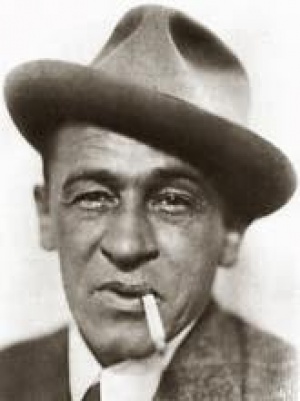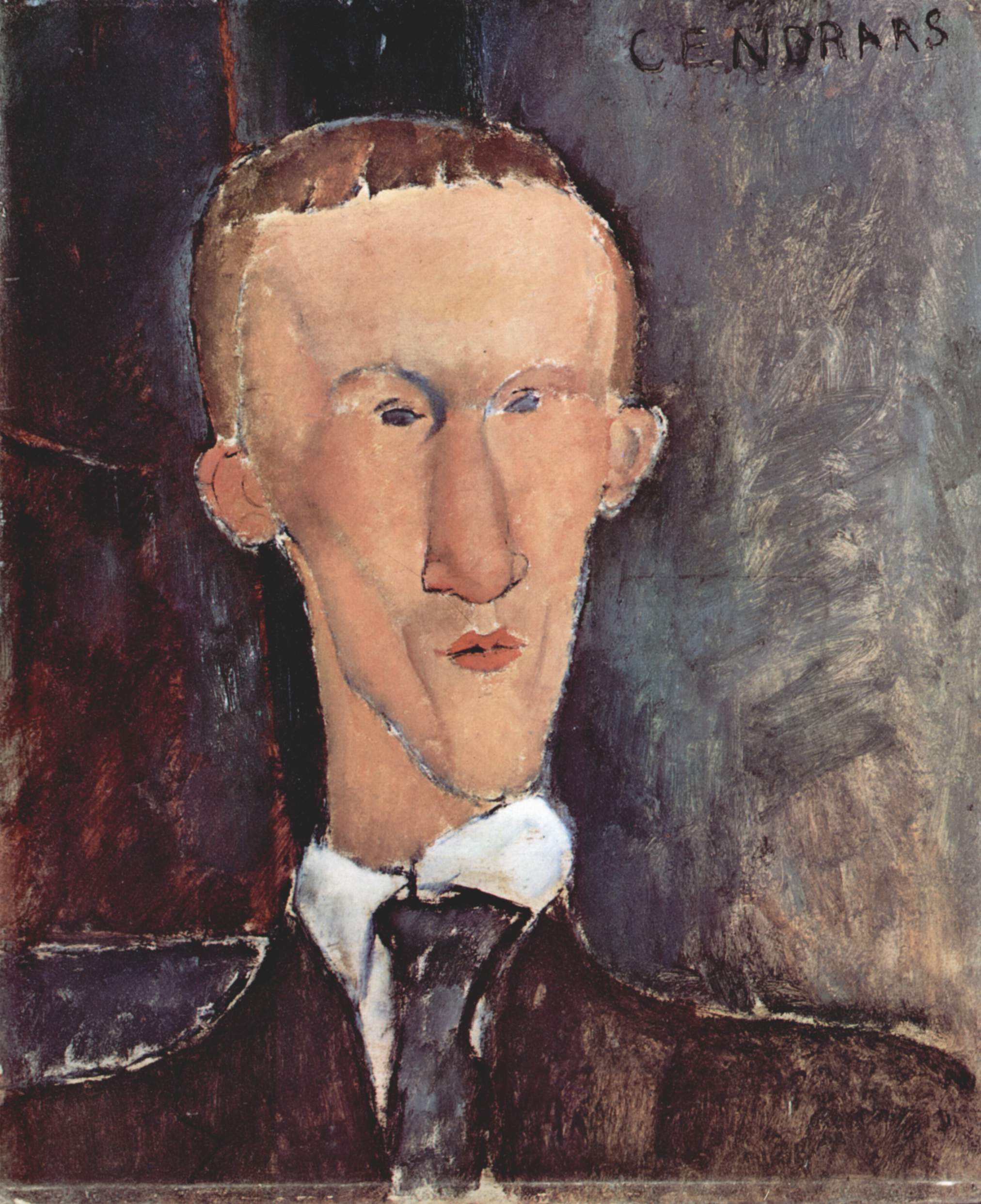That wonderful Luc Sante contributes brief descriptions of his creative heroes to the HiLoBrow site. Click on any of the links below to read them. And see an example, a piece about Blaise Cendrars, below.
Dashiell Hammett | Pancho Villa | James M. Cain | Georges Bataille |Félix Fénéon | Émile Henry | A.J. Liebling | Jim Thompson | Joe Hill | Nestor Makhno | Hans Magnus Enzensberger | Captain Beefheart | William Burroughs | Ring Lardner | Lee “Scratch” Perry | Serge Gainsbourg | Kathy Acker | Arthur Cravan | Weegee | Alexander Trocchi | Ronnie Biggs | George Ade |Georges Darien | Zo d’Axa | Petrus Borel | Blaise Cendrars | Alexandre Jacob | Constance Rourke | Damia |J-P Manchette | Jean-Paul Clebert | Pierre Mac Orlan | Comte De Lautreamont | Robert Desnos | Arthur Rimbaud |
“BLAISE CENDRARS (Frédéric Sauser, 1887-1961) was five writers in succession. First he was a poet, whose ‘Prose of the Transsiberian’ (1913) was the first to apply Cubist principles of cut-up and simultaneity to verse, and whose Kodak (retitled Documentaires at the insistence of the Eastman Co.; 1923) was much later shown to have been extracted line by line from Gustave Le Rouge’s science-fiction epic The Mysterious Doctor Cornelius. Then he was a screenwriter and sometime director, best known for his work on Abel Gance’s J’Accuse (1919) and La Roue (1923). After that he was the author of novels that run the gamut from a kind of cinematic documentary montage (Sutter’s Gold, 1925) to hallucinatory yarns that suggest Jules Verne on laudanum (Moravagine, 1926; Dan Yack, 1927). He shone as an imaginative reporter in the 1930s, investigating crime, Hollywood, and the beginnings of World War II in a series of lapidary works that haven’t been translated into English. Finally he was a memoirist of an unusual sort, mixing up time and place in favor of subjective or perhaps cubistic recall, as in The Astonished Man (1945) and Planus (1948). He alternated all his life between wild flights of language and pellucid visual and factual description, consciously constructing parallels between literature and film, photography, and painting. He had a face that looked like it was bashed out of granite, in a corner of which lived a perpetually smoldering hand-rolled cigarette butt. He lost an arm at the Navarin Farm offensive in the Champagne, 1915, and always made a point of displaying his empty sleeve.”




